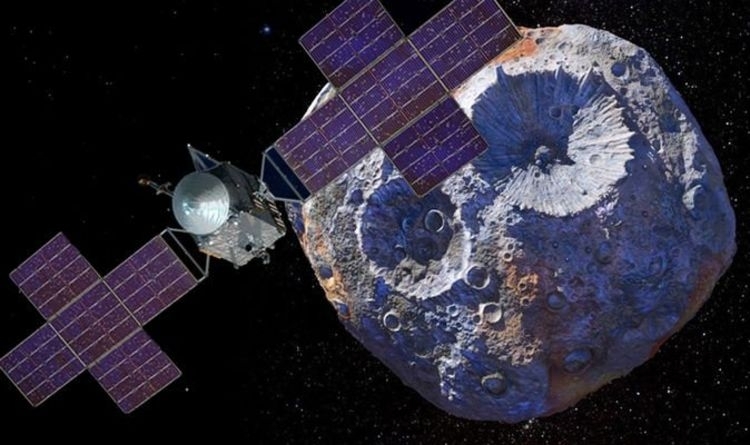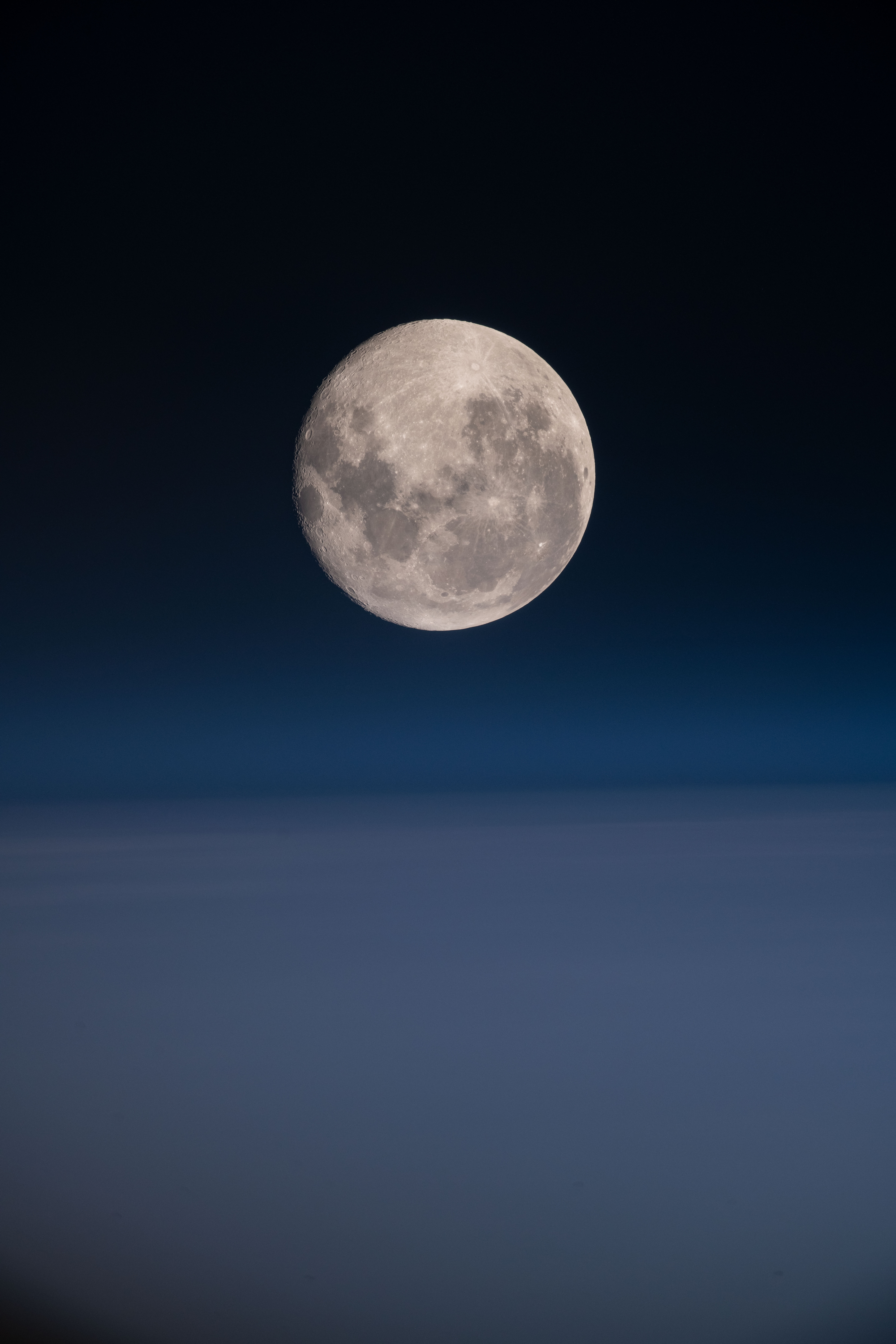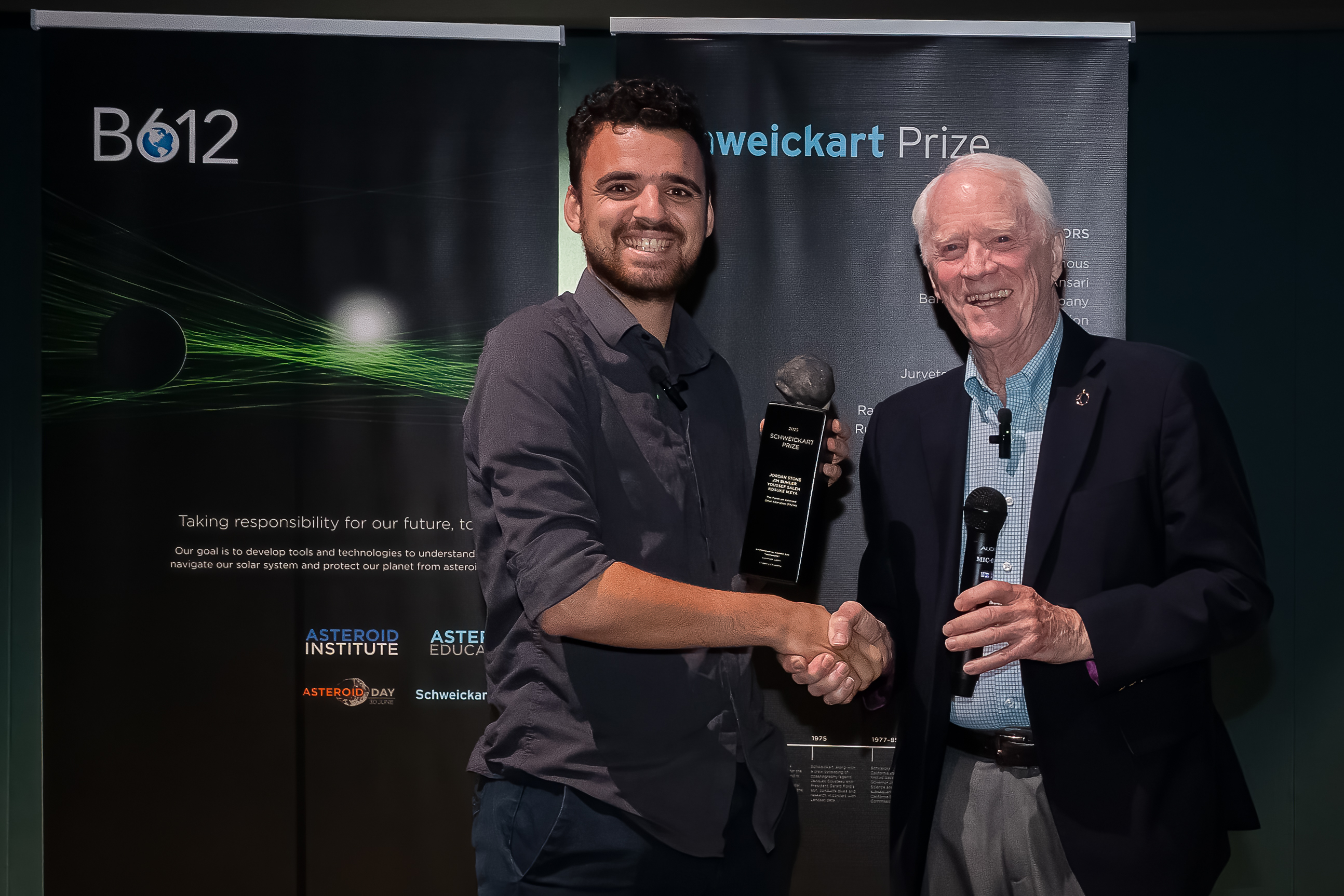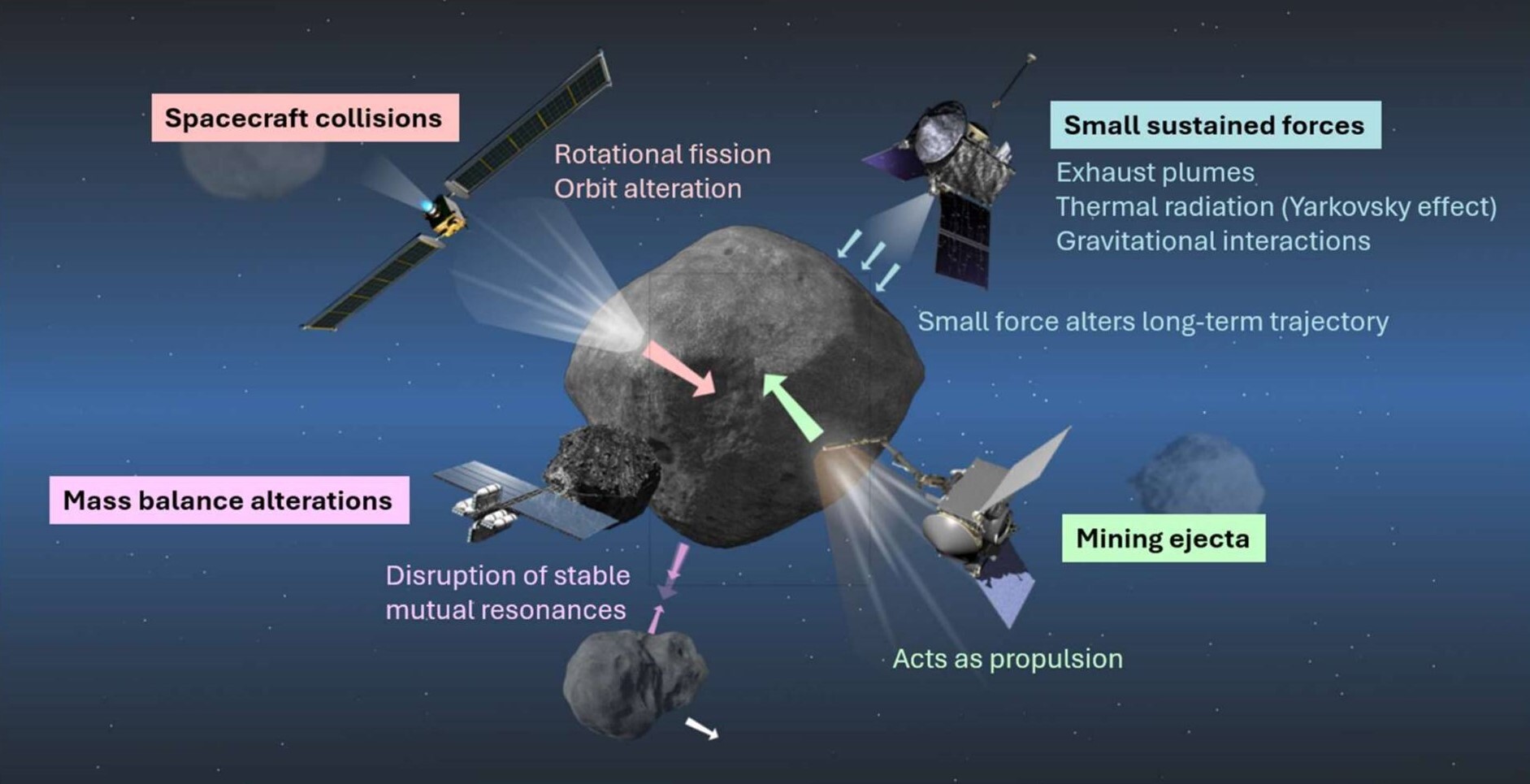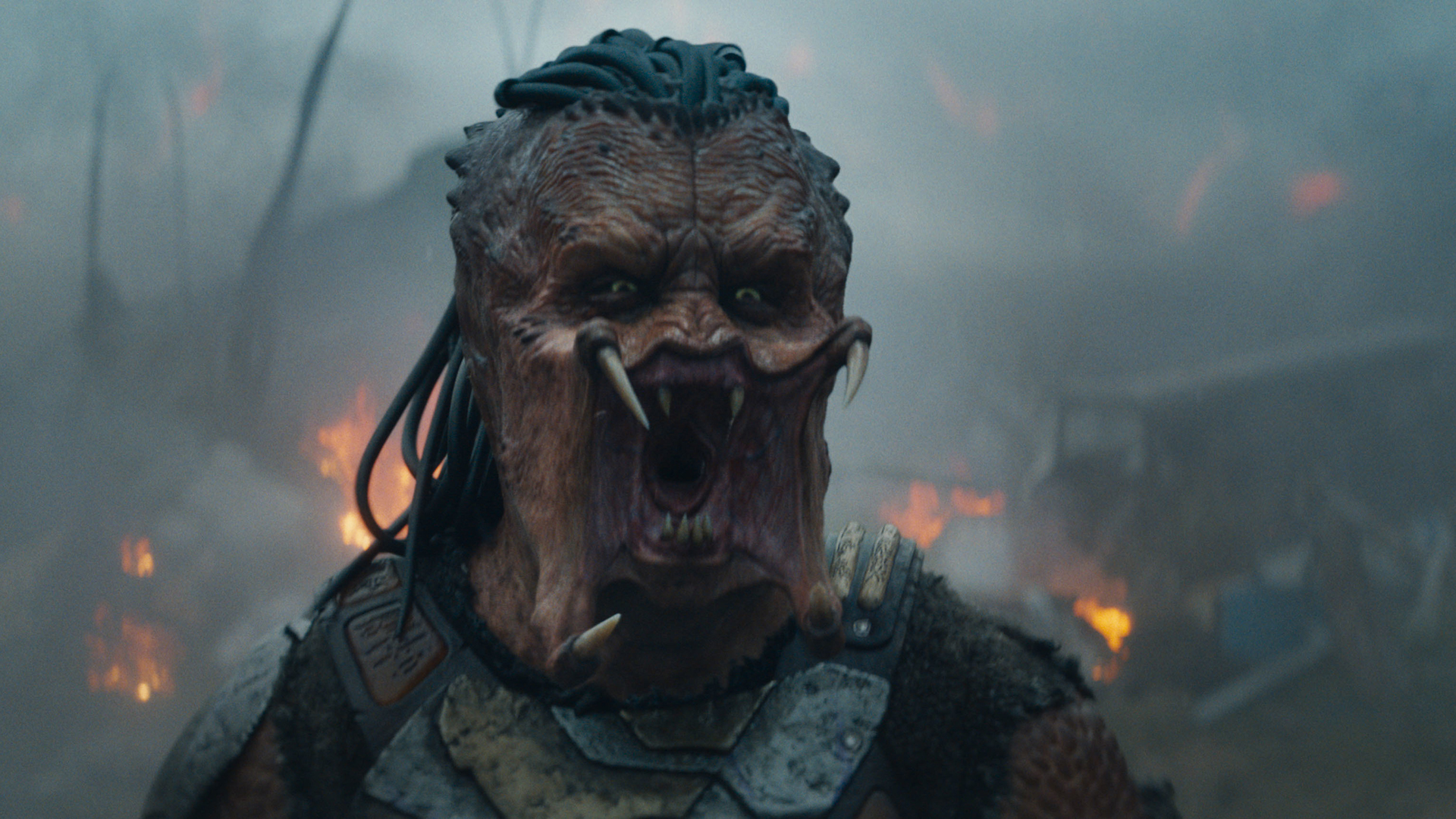
Could asteroid mining actually work? Maybe if we start with impact sites on the moon
"Can humanity enjoy the benefits of both asteroid and lunar mining without compromise, or do we have to choose one at the expense of the other?"
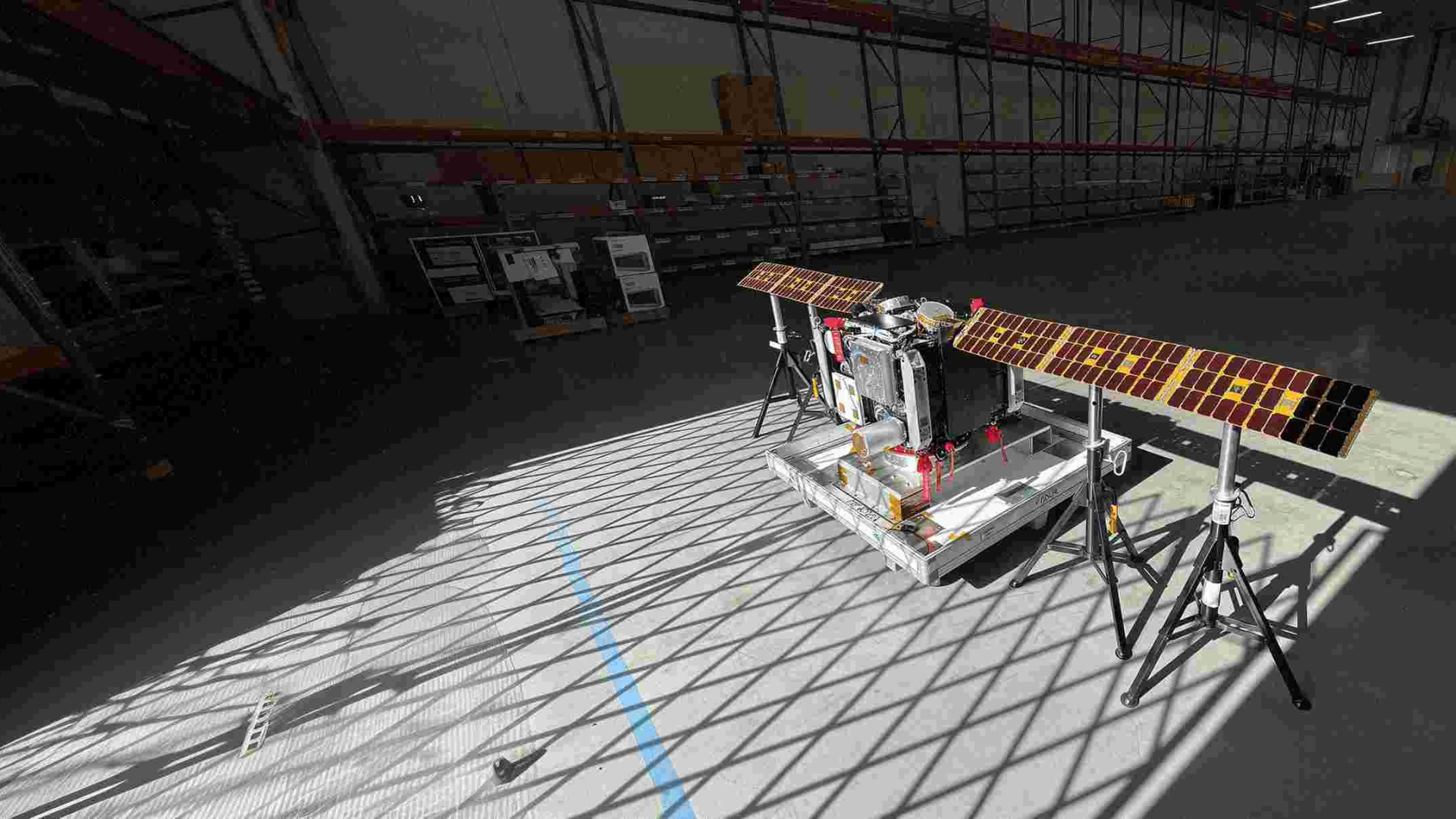
GOLDEN, Colorado — There are those who envision big bucks pouring in from the heavens by cashing in on resource-rich asteroids.
In increasing number, probes are being dispatched by multiple countries that can plumb the depths of deliverables from space rocks.
Metallic asteroids are made up mostly of iron and nickel, and also contain platinum group metals, or PGMs for short. Similarly, carbonaceous asteroids are known to contain hydrated minerals.
Tantalizing tastes of asteroids have already been robotically sent back to Earth, by missions such as NASA's OSIRIS-REx (Origins, Spectral Interpretation, Resource Identification, Security-Regolith Explorer), which delivered pieces of the space rock Bennu in September 2023.
Then there's NASA's Psyche spacecraft, which is scheduled to arrive in August 2029 at its target asteroid, Psyche — an object perhaps made of a mixture of rock and metal, with metal composing 30% to 60% of its volume.
Pick-action ready business?
Enter the entrepreneurial work of AstroForge, a company based in Huntington Beach, California. AstroForge sees mining asteroids as the next trillion-dollar industry and is fully engaged in trying to make space mining a real, "pick-action ready" business.
Last February, AstroForge successfully got its $3.5 million Odin spacecraft headed outward to reconnoiter 2022 OB5, a small near-Earth asteroid. But the following month, the firm declared Odin lost in space due to ground station and communication issues.
Breaking space news, the latest updates on rocket launches, skywatching events and more!
"Welcome to the school of Hard Rocks," said AstroForge CEO and co-founder Matt Gialich, as the company presses forward on a follow-on asteroid mission, Vestri, in 2026.
AstroForge is a deep-space mining company with the goal of extracting valuable metals from asteroids, starting with PGMs.
"By bringing space resources into Earth's supply chain," the company's website explains, "we're aiming to reduce the need for traditional terrestrial mining methods and explore a more sustainable future — one mission at a time."
Moon versus asteroids
Mining asteroids versus mining the moon was recently discussed by Alex Ellery, a research professor at Carleton University in Ottawa, Canada. His research was detailed at the Space Resources Roundtable, held here last month at the Colorado School of Mines.
"Can humanity enjoy the benefits of both asteroid and lunar mining without compromise," Ellery asks, "or do we have to choose one at the expense of the other?"
Traditionally, asteroid mining has focused on precious materials like noble metals and PGMs, Ellery said, but only one in 2,000 near-Earth objects (NEOs) is known to have PGMs in economically mineable concentrations. While water has been detected in asteroids, that water in hydrated minerals is also rare, roughly one in a 1,000 NEOs, he adds.
While asteroids have diverse resources, including some not found on the moon, they alone likely cannot support industrial self-sufficiency due to scarcity, dispersion, and technical complexity, Ellery thinks.
"If a lunar industry is able to collect deposits of asteroid-sourced materials, it would have both bulk and rare resources that would enable a closed industry in cislunar space," Ellery observes.
Lucrative lunar resources
According to a recent paper led by Jayanth Chennamangalam, an independent researcher in Vancouver, Canada, it may be more advantageous, and therefore more lucrative, to mine asteroids that have impacted the moon rather than the ones that are zipping through space.
We know that many asteroids have crashed into the moon over its lifetime, as evidenced by the craters left on its surface, Chennamangalam told Space.com.
"Most asteroids vaporize on impact, but some don't, and leave behind remnants, depending on the impact velocity," said Chennamangalam.
But how much of these asteroid-derived resources — PGMs and water/hydrated minerals — are still present on the moon?
"The key finding of our research is that there are potentially thousands of craters on the moon that contain PGM ore or hydrated minerals," said Chennamangalam.
"So what we have found," the researcher continued, "is that there are potentially a lot more craters on the moon with ore-bearing asteroidal remnants than there are accessible ore-bearing asteroids. Of course, there are several caveats that need to be kept in mind, and these are discussed in the paper."
That paper, by Chennamangalam and three colleagues, was published in May in the journal Planetary and Space Science.
International body proposed
Meanwhile, the prospect that asteroid orbits may be deliberately changed for research and mining, or in the future, by habitation, has gained the attention of a student team from Imperial College London, the University of Santiago de Compostela and Cairo University.
"Mining is especially likely, given sizable investments into long-term plans made by commercial actors," the student team reports in their proposal, which advocates for the creation of an international body, the Panel on Asteroid Orbit Alteration (PAOA).
That proposal was discussed at Lowell Observatory in Flagstaff, Arizona, during a public ceremony on June 30 — Asteroid Day.
Emerging risks
The PAOA idea won the Schweickart Prize, a program of the B612 Foundation. The Schweickart Prize is an annual award designed to foster a new generation of leaders in planetary defense and to encourage ideas to help protect Earth from potential asteroid impacts.
The prize is named after Russell "Rusty" Schweickart, an Apollo 9 astronaut and the co-founder of the Association of Space Explorers and B612.
The PAOA would address emerging risks of unintended asteroid orbit changes from future human space activities.
The proposal "highlights the increasing likelihood of human space activities — including asteroid mining, scientific research missions, and even spacecraft malfunctions — inadvertently altering the orbits of near-Earth objects," notes the B612 Foundation.
"This international body would be tasked with establishing comprehensive scientific, technical and policy guidelines to manage such risks, ensuring a coordinated and effective planetary defense response as the space industry continues its rapid expansion," explains the B612 Foundation statement.
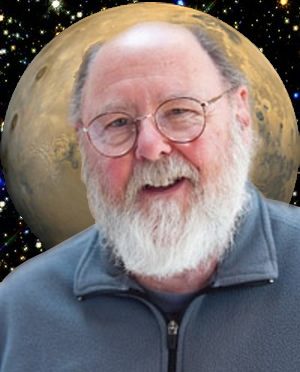
Leonard David is an award-winning space journalist who has been reporting on space activities for more than 50 years. Currently writing as Space.com's Space Insider Columnist among his other projects, Leonard has authored numerous books on space exploration, Mars missions and more, with his latest being "Moon Rush: The New Space Race" published in 2019 by National Geographic. He also wrote "Mars: Our Future on the Red Planet" released in 2016 by National Geographic. Leonard has served as a correspondent for SpaceNews, Scientific American and Aerospace America for the AIAA. He has received many awards, including the first Ordway Award for Sustained Excellence in Spaceflight History in 2015 at the AAS Wernher von Braun Memorial Symposium. You can find out Leonard's latest project at his website and on Twitter.
You must confirm your public display name before commenting
Please logout and then login again, you will then be prompted to enter your display name.
